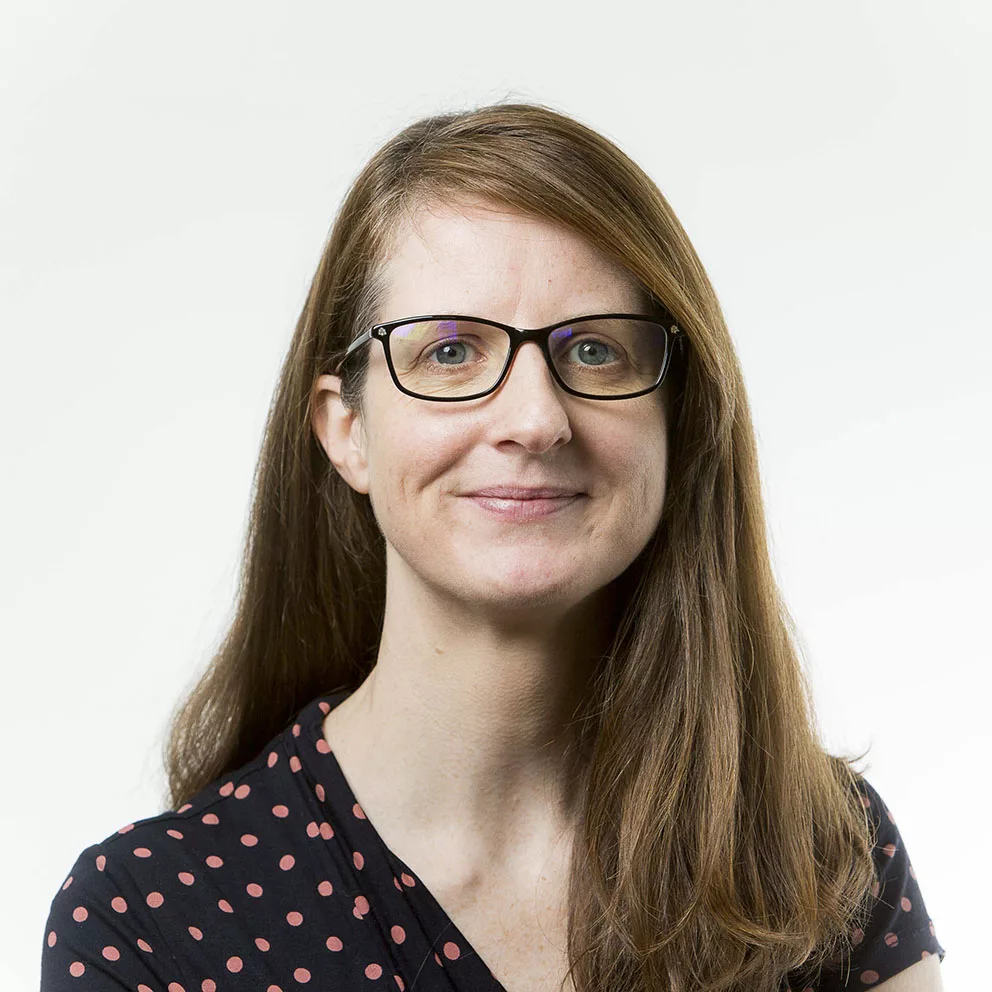
Looking back over the past 20 years of Med Tech in Galway, what have we learned about how to build a dynamic cluster? That’s the essence of a question that arose when I visited Costa Rica in December 2022 as part of research carried out in partnership with INCAE Business School (Dr Carlos Rodriguez) and Trinity College Dublin (Dr Paul Ryan and Dr Giulio Buciuni). On my visit to Costa Rica, I learned about CINDE, a Costa Rican agency akin to our IDA Ireland that supports the attraction and promotion of inward FDI (Foreign Direct Investment), and the Costa Rican Medical Devices Cluster that aims to foster R&D (Research and Development) opportunities in Costa Rica. The parallels between the regions in the origin and evolutionary path of Med Tech are evident.
In both regions, the sector was born from the attraction of manufacturing-based inward FDI. In Galway, this was achieved by the nation’s low corporate tax rate and access to an English-speaking skilled workforce, coupled with a drive to attract FDI to regions outside the capital. The first foreign investment in Med Tech in Galway was in 1973 by manufacturing company, Beckman Coulter. But it was the investments in the early 1980s by CR Bard (now Medtronic), and then Boston Scientific a decade later, that spawned the growth of a cluster of indigenous activity.
The growth of this indigenous activity went beyond the initial wave of local Galway supplier to local multinational subsidiary relationships seen in the 1980s and 1990s. By contrast, the wave of indigenous Med Tech pursuits in the 2000s saw the proliferation of companies developing their own medical devices or device components for a global marketplace. Galway as a region was fast becoming an entrepreneurial ecosystem (Ryan et al. 2021, Giblin and Ryan 2015).
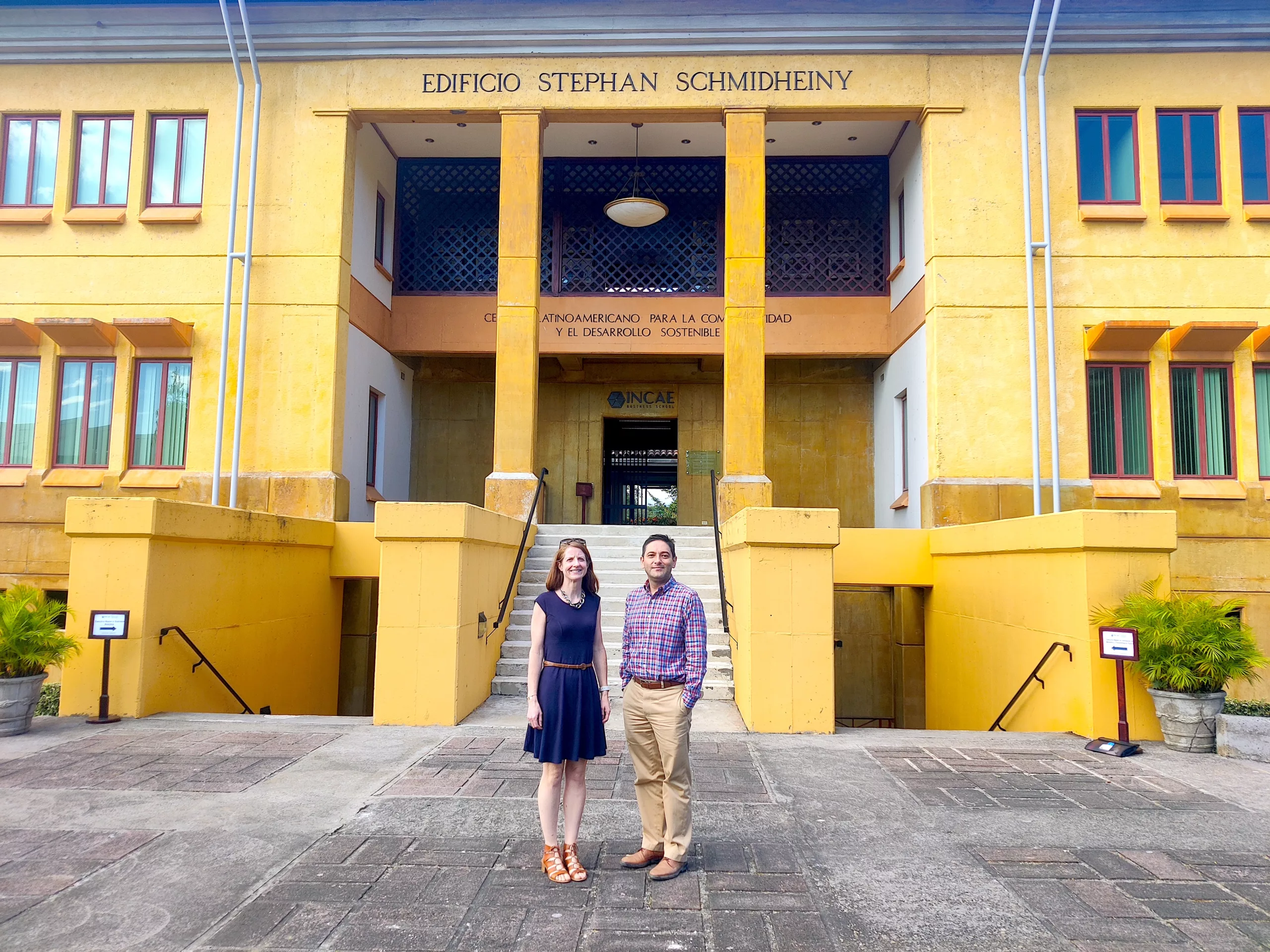
What can Costa Rica learn from the Galway Med Tech ecosystem?
Costa Rica is where Galway was about 20 years ago in Med Tech. The Costa Rican Government has used grant tax breaks on inward investments and tax concessions on inward processing activity to successfully encourage inward FDI. Similar to Galway, the first Med Tech investments were in 1985, 1991 and 1996; and Medtronic, Boston Scientific as well as Abbott have established operations in Costa Rica. Exports grew significantly in the 2000s, rising from 400 million USD to over 5.2 billion USD in 2021. With a population of 5.1 million people, Costa Rica offers a relatively stable political environment and a skilled workforce (the number of STEM graduates grew by over one fifth in 2019). (CINDE 2023). Despite these similarities, Costa Rica has not yet managed to cross the chasm from FDI to a dynamic entrepreneurial ecosystem.
So, how did Galway make this transition? The answer comprises a mix of factors including: forward-thinking multinational subsidiary managers; a proactive and receptive higher-education environment; and several policy-related initiatives focused on building the research infrastructure of the region; and to a certain extent, timing – being ‘in the right place at the right time.’ The original subsidiary managers of CR Bard and Boston Scientific were instrumental in the growth of the Med Tech cluster in Galway. They had the foresight to know that a cluster built on manufacturing alone was more perilous to foreign headquarter decisions than the embeddedness gained from R&D activity. Due to the often tacit nature of R&D, it can be challenging to transfer.
Opportune Timing
In the early years of the subsidiaries, local subsidiary managers used opportunities to not just deliver on manufacturing projects mandated by HQ, but to add value by seeking out cutting edge research and technology (Ryan et al. 2021). For example, CR Bard teams connected with the National Centre for Laser Application at University of Galway to develop more advanced manufacturing processes and built Programmable Logic Controllers into equipment – a relatively new innovation to the market at the time. This gained the subsidiary a standing within the internal corporate machine that resulted in it acquiring more higher value-added projects. Subsidiary teams also purposefully connected with HQ in the US and other corporate sites for knowledge transfer about products and processes.
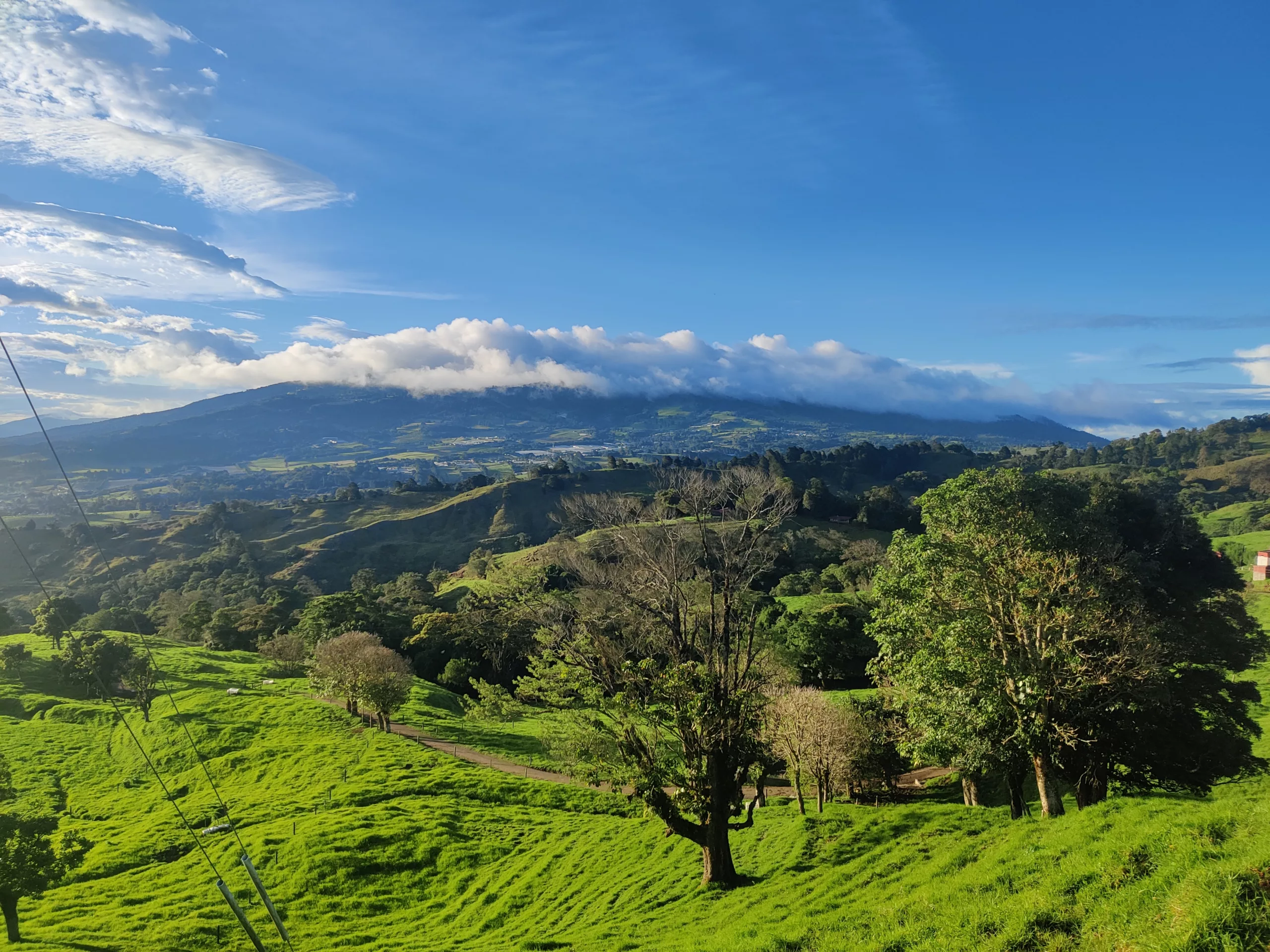
Timing played a role in these early years of the subsidiaries in a number of ways. Events that took place in the 1990s for CR Bard around untested and defective heart devices resulted in a need for corporate to transfer activity from a divisional HQ in Billerica, Massachusetts, to another site. Having developed a positive reputation for creating project value-add, Galway CR Bard vied for and won this activity. Secondly, the closure of Digital in Galway in 1991 – whilst a huge blow to Galway at the time with almost 1000 people losing their jobs – proved to be a pathway for Boston Scientific to enter and grow in the region as they took over some of the vacant physical facilities. Thirdly, the 1980s and 1990s saw huge technological shifts impacting on how coronary artery disease was treated. The transition from balloon catheters to bare-metal stents and later drug-eluting stents, a sign of the shifting technological landscape that transformed artery disease treatment to a field of mostly minimally invasive surgery. Both subsidiaries in Galway were established to operate in the field of cardiology and today Ireland is the largest exporter of stents in the EU and globally (Irish Med Tech Association 2022).
A Strong Foundation of Research and Education
Against this technological backdrop, these two subsidiary sites continued to gain a foothold in R&D activity locally, which opened more opportunity for local skilled engineers to interact globally and identify clinical needs. The knock-on effects of this to the regional economy began to emerge in the form of new indigenous activity. Mednova, established by ex-CR Bard managers in 1996, was one of the first indigenous companies to emerge – developing its own device for an international market and was subsequently acquired by Abbott. Many other ex-managers of subsidiaries followed suit and soon serial entrepreneurs and entrepreneurial recycling were characteristics of the Galway Med Tech landscape (Ryan et al. 2021). This activity was encouraged and supported by both University of Galway and Atlantic Technological University in education programmes for the supply of skilled labour, and a multitude of initiatives for research and commercialisation.
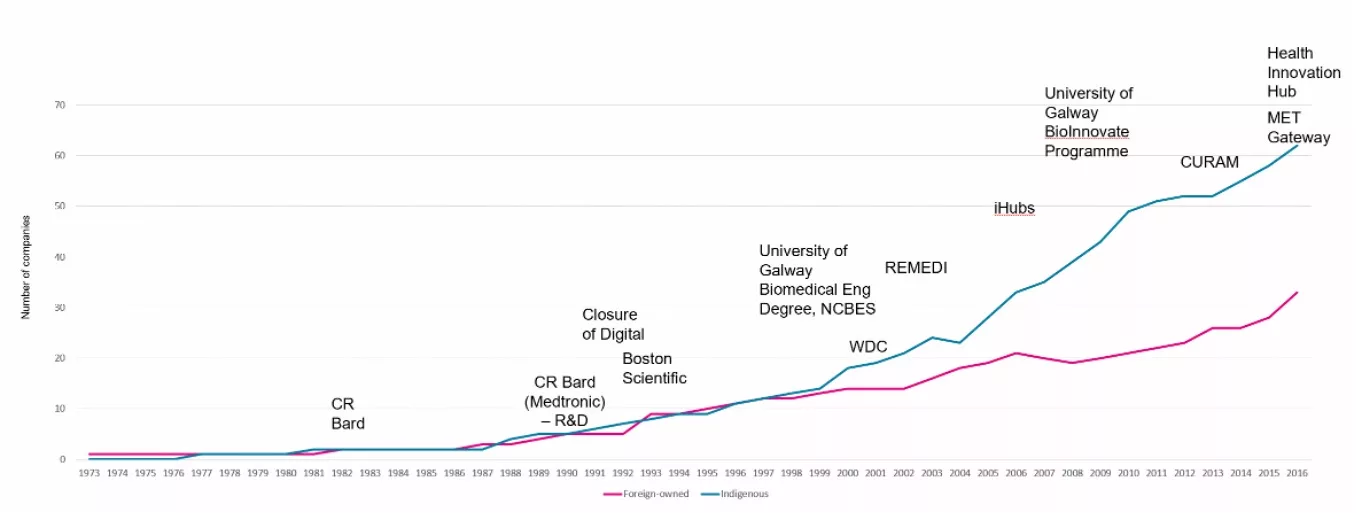
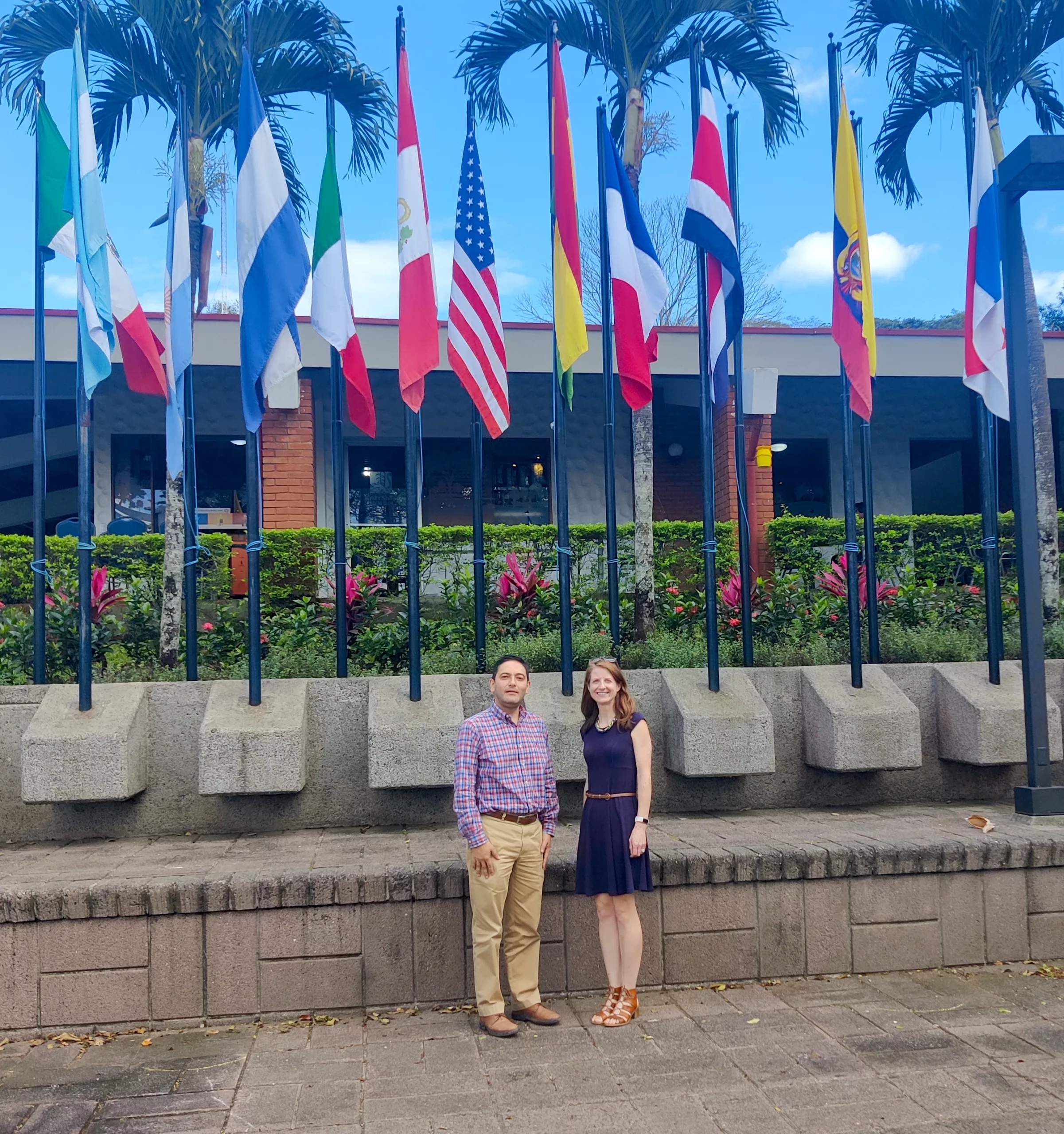
Global Connections, Local Innovations
In interviews with key stakeholders in Med Tech in Costa Rica, there is a noticeable lack of public policy initiatives and tools to promote research and entrepreneurship in the region. However, it is clear that business in Costa Rica is seeking to learn from Galway and other Med Tech hubs globally. Connections and knowledge transfers between Galway and Costa Rica are evident in the form of direct product development transfers as well as knowledge transfers around how to engage in R&D through entrepreneurial methods. I have met with Galwegians living in Costa Rica, and Costa Ricans living in Galway who are working in Med Tech, and the sense of using connections globally to innovate locally is apparent.
For a cluster to grow, the scale of thinking among people needs to shift from execution to innovation; to solve unmet needs globally. This shift in the scale of thinking may happen gradually in a region but is only achieved by learning and integrating knowledge globally, which should be a focus of policy initiatives and higher education institutes in supporting the growth of local clusters, and indeed for their continued future growth. Costa Rica is on the right path with their vision and ambition. As one Costa Rican in the Med Tech sector commented “Manufacturing is taking place in the country… Technology is evolving; it’s increasing in terms of skills. If you take a look at the oldest [longer established] companies, they used to do assembly and now we’re talking about electro facility devices, ultra sound devices, implant devices…”
Galway, like Costa Rica, is a link in a global value chain of Med Tech. Not every region in that value chain has the same opportunity to grow its scale of thinking. It’s incumbent on regions to encourage local stakeholders to interact globally with the view to not only learn from others – but to also afford others the opportunity to learn from your region, particularly between those at different levels of the value chain.
Sources:
CINDE (2023) ‘Essential Insights: STEM Graduates’, CINDE, Costa Rica [online], Available at: https://www.cinde.org/en/why#pillars-description
Giblin, M. and Ryan, P. (2015) ‘Anchor, Incumbent and late entry MNEs as propellents of technology cluster evolution’, Industry and Innovation, 22(7), 915-932.
Irish Med Tech Association (2002) “The Global Medtech Hub 2025: Dedication to the expected, the unexpected and everything inbetween”, Irish Med Tech Association, IBEC, Dublin [online], Available at: https://www.ibec.ie/connect-and-learn/industries/life-sciences-and-healthcare/medtech-strategy-2025
Ryan, P; Giblin M.; Buciuni G.; Kogler, D. F.; . (2021) ‘The Role of MNEs in the Genesis and Growth of a Resilient Entrepreneurial Ecosystem’. Entrepreneurship & Regional Development’, 33(1-2), 36-53.
Acknowledgement:
This research is supported by the College of Business, Public Policy & Law, Post-Covid Research Support Fund, University of Galway.
Profiles

Majella Giblin is a Senior Lecturer at J.E. Cairnes School of Business & Economics, University of Galway, and has been investigating the evolution of the Med Tech cluster in Galway for over 18 years. Using longitudinal research that includes a historical company database as well as rich data collected through interviews with multinational corporations and entrepreneurs, Majella has tracked the composition and connections of the cluster over time. She was awarded a Ph.D. from University of Galway and teaches in the areas of international business, entrepreneurship and innovation. She also holds a Bachelor of Commerce degree, Master of Economic Science degree as well as a Postgraduate Diploma in Higher Education Studies. Prior to her current position, she held the position of Ussher Assistant Professor in Entrepreneurship and Innovation at Trinity Business School, Trinity College Dublin (from 2011 to 2016).